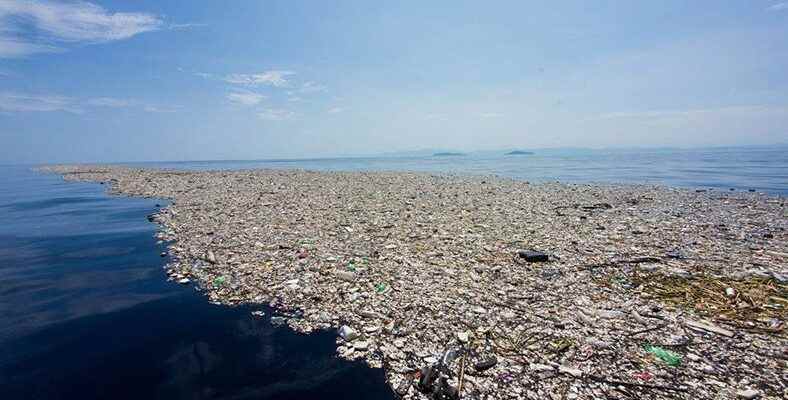While the fact that plastic wastes are not biodegradable continues to endanger natural life, a development that can prevent this situation came from Canada. Researchers have succeeded in producing plastic using wastes such as bones, skin and heads of fish.
Plastic wastes cause great damage to nature as the dissolution time is hundreds of years. One of the biggest examples of plastic waste found in piles in many places, including water sources, is the Great Pacific landfill. This area, which is twice the size of the US state of Texas, is the world’s largest plastic waste point. In the area approximately There are 1.8 trillion pieces of non-biodegradable waste.
Non-environmental resources and methods are used for the production of plastics as well as for the plastic itself. As a matter of fact, it is not a renewable resource to obtain polyurethane and crude oil containing highly toxic gases needed. What if we told you that there is a way to obtain plastics from environmentally friendly sources?
Bones, skin and tripe of fish were used to produce plastic
Researchers at Canada-based Memorial Univeristy of Newfoundland; They have developed a way to produce plastic from fish waste such as head, bone, skin and tripe. Researchers say it is used for plastic production. safer and eco-friendly They say it’s a method. All plastics produced from fish oil are biodegradable.
The project’s principal investigator, Francesca Kerton, said of the research:Whether through chemical degradation that turns plastics into carbon dioxide and water, or through recycling and reuse with a lifecycle plan It is an important step that we have started to design”
RELATED NEWS
EU Bans Single Use Plastics: Products Like Plastic Spoons, Cups Will Not Enter EU Market
Kerton and his team produced the new material from oil extracted from the waste of Atlantic salmon. Then, during the process, it was converted into a polyurethane-like polymer by adding oxygen to the unsaturated oil. Any of the resulting material There is no fishy smell either.
Source :
https://wonderfulengineering.com/researchers-have-come-up-with-a-new-way-to-create-greener-and-biodegradable-plastic-by-using-fish-waste/
